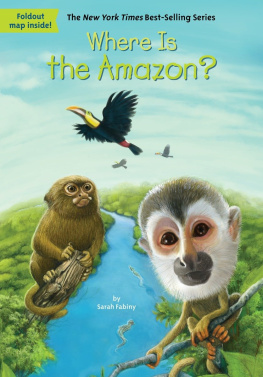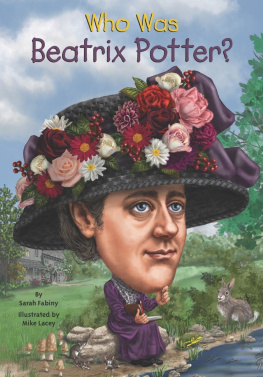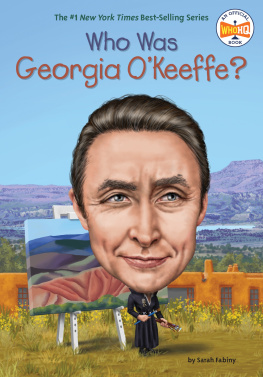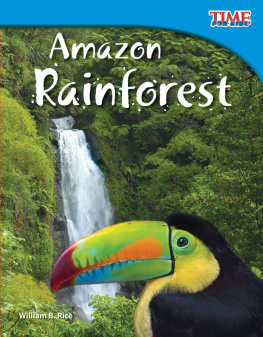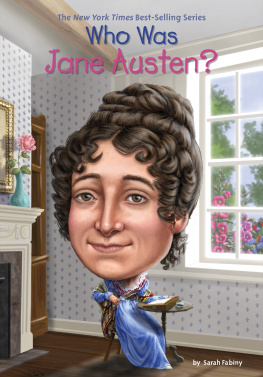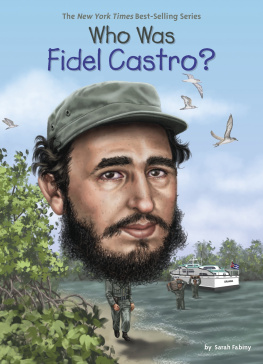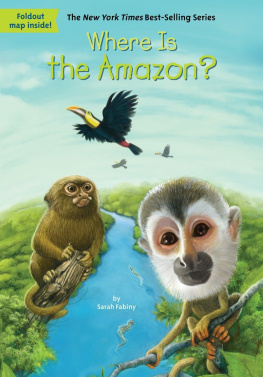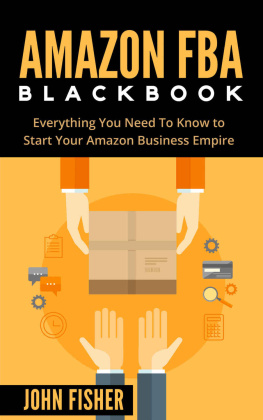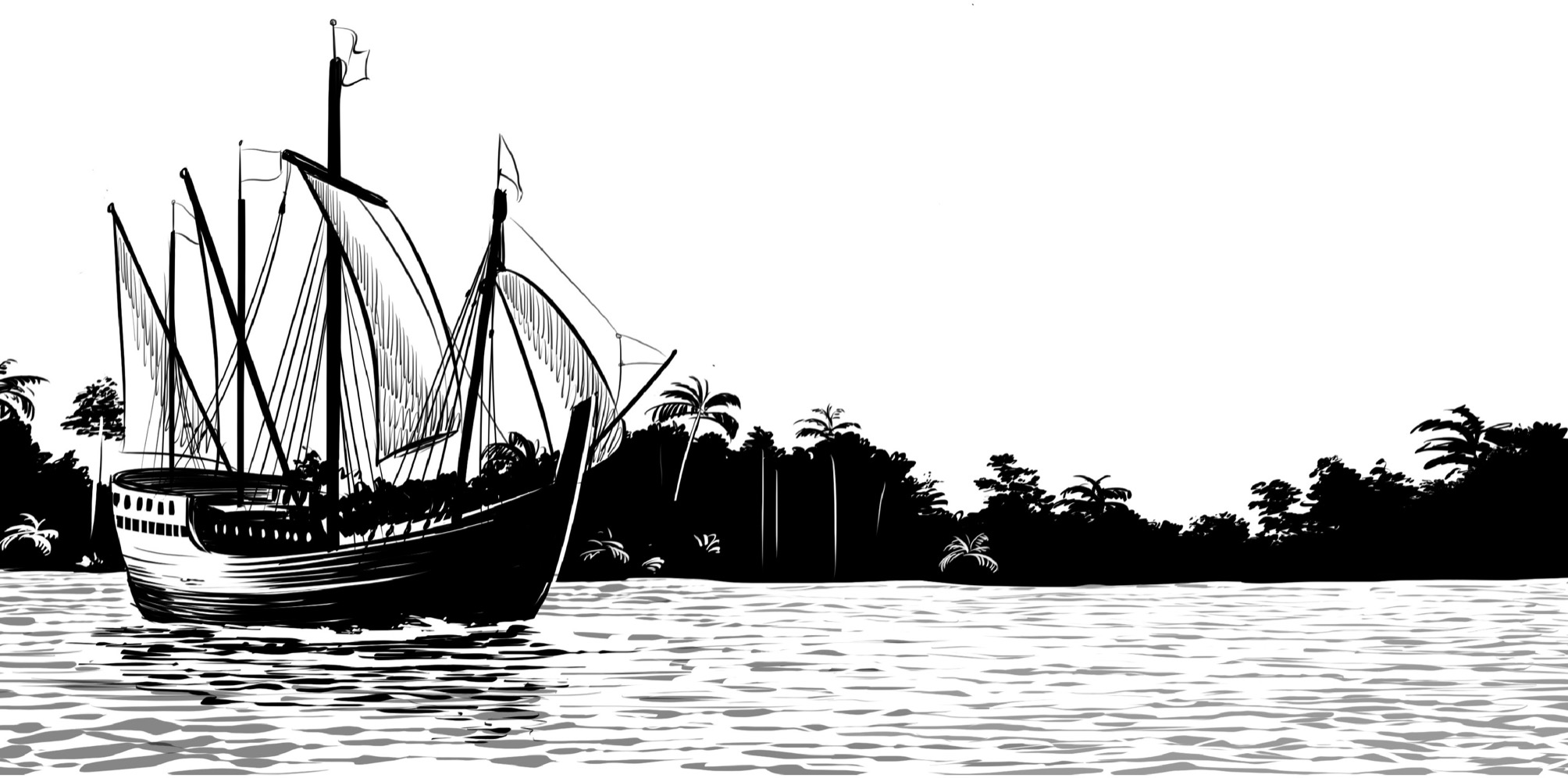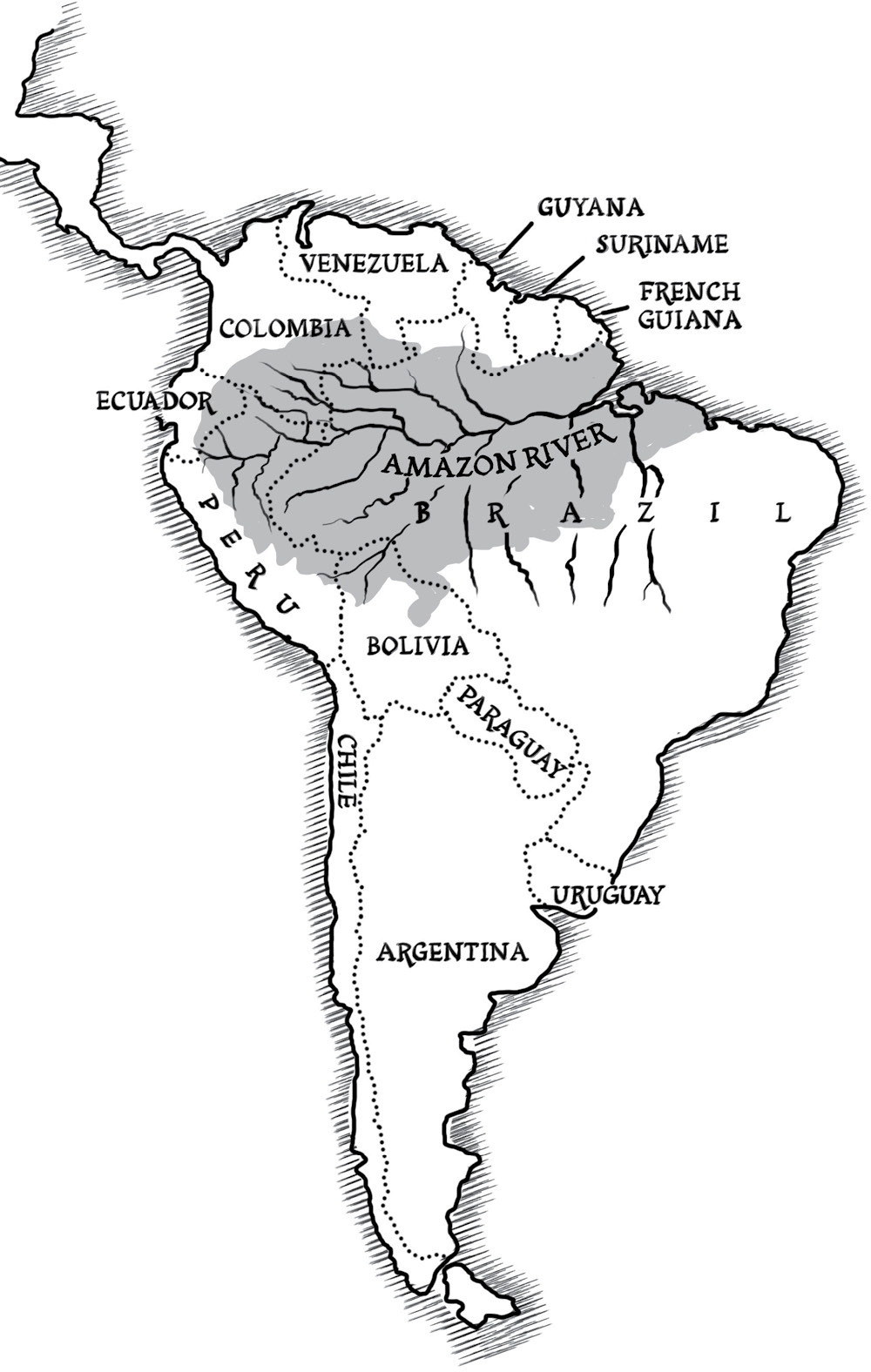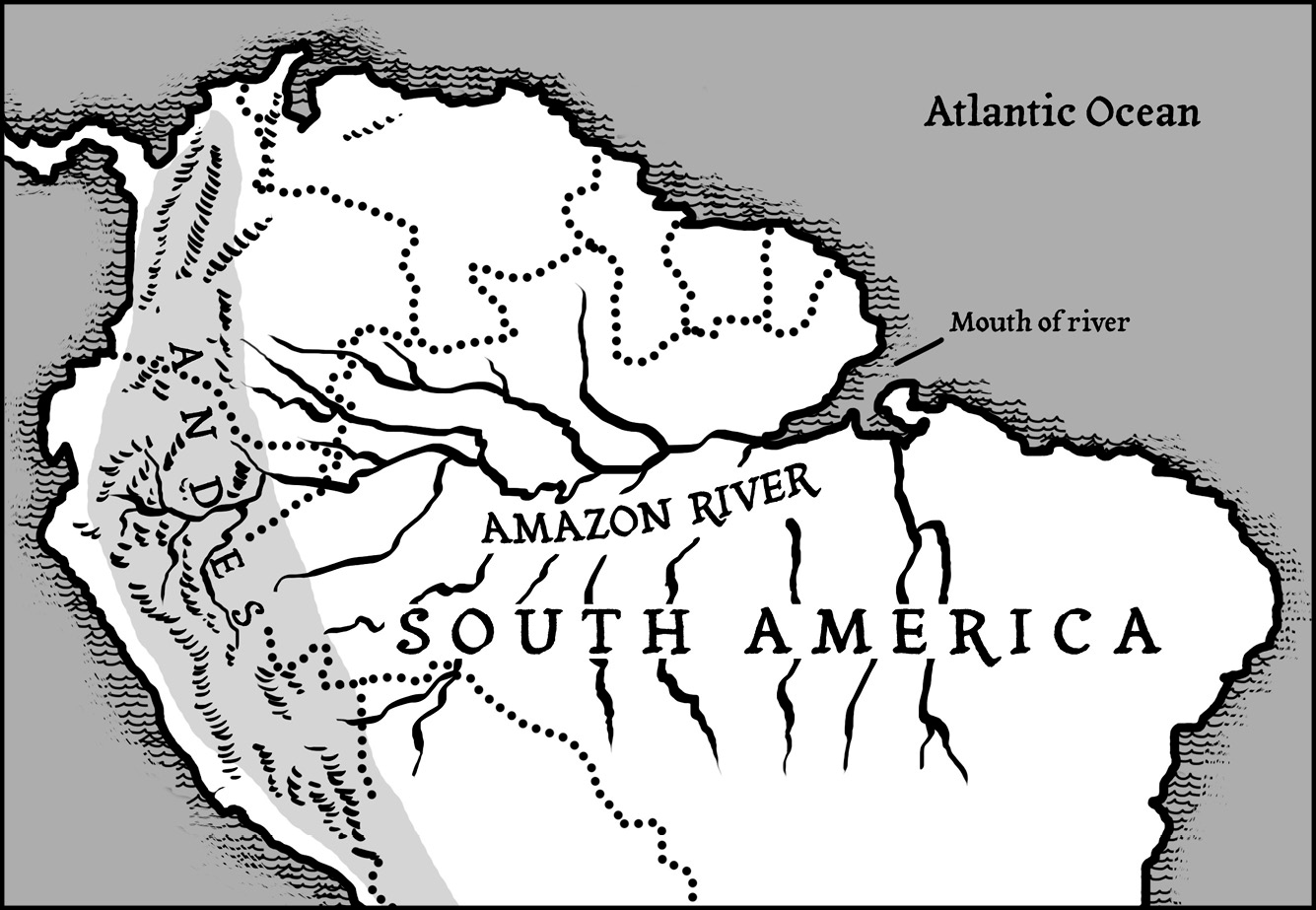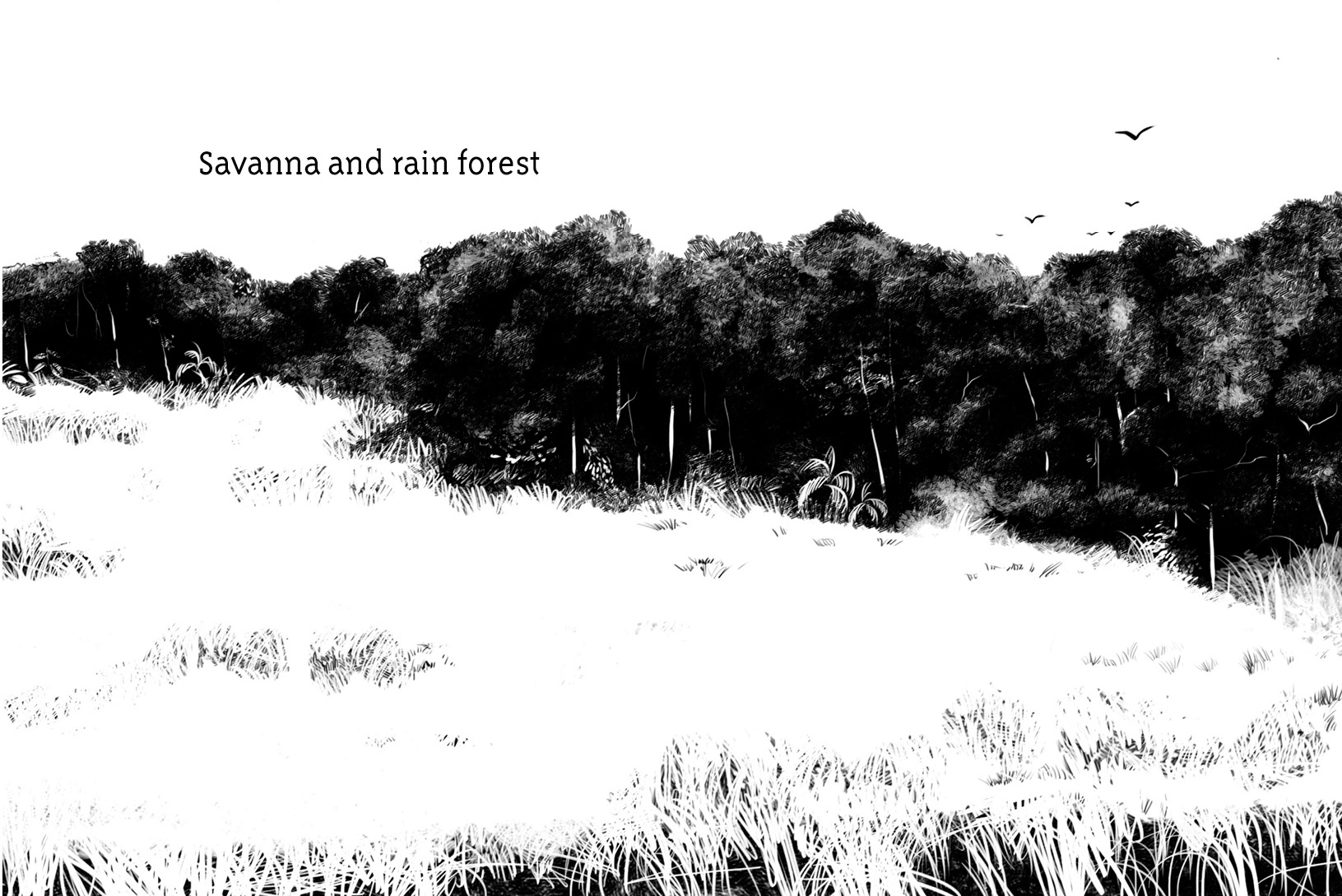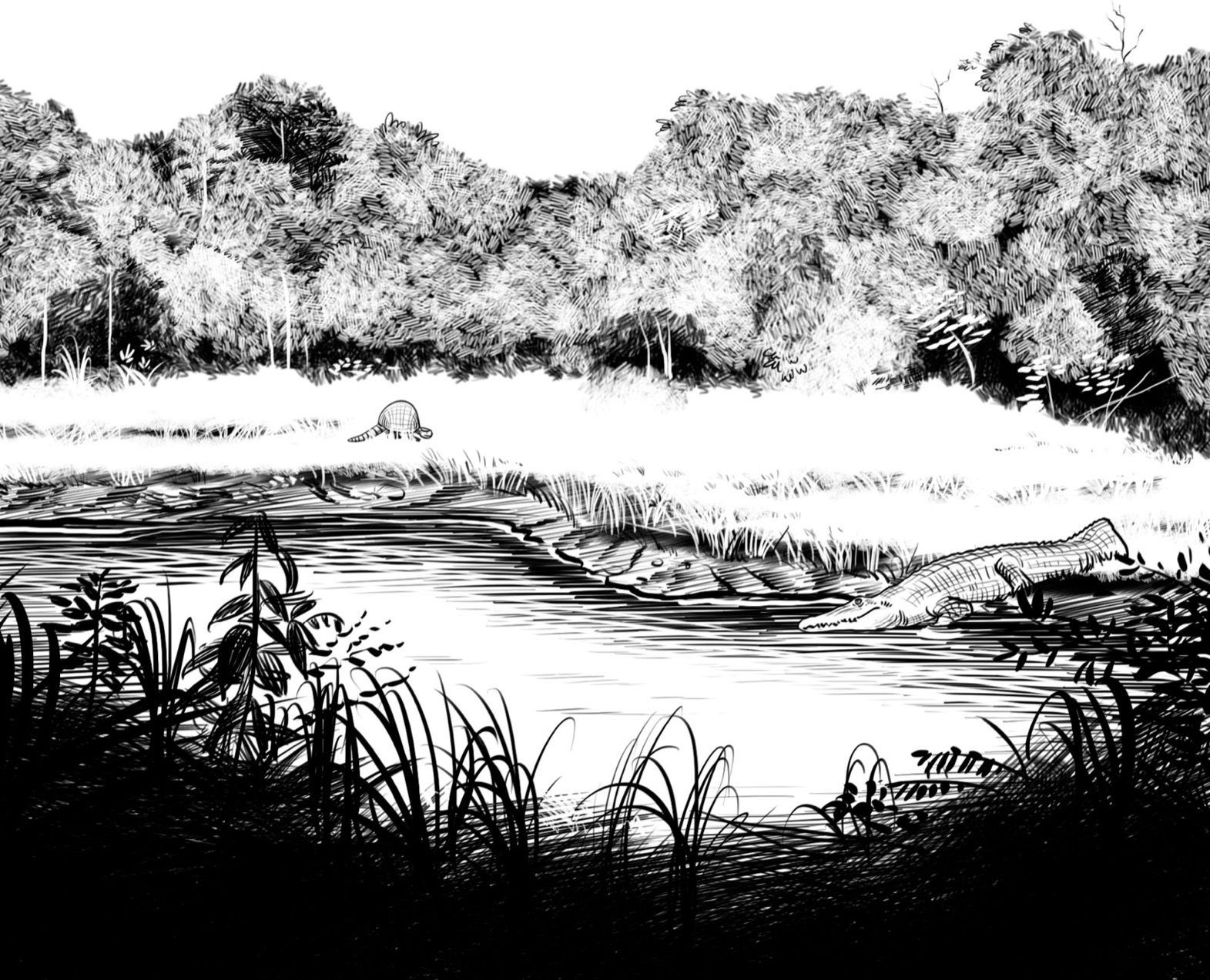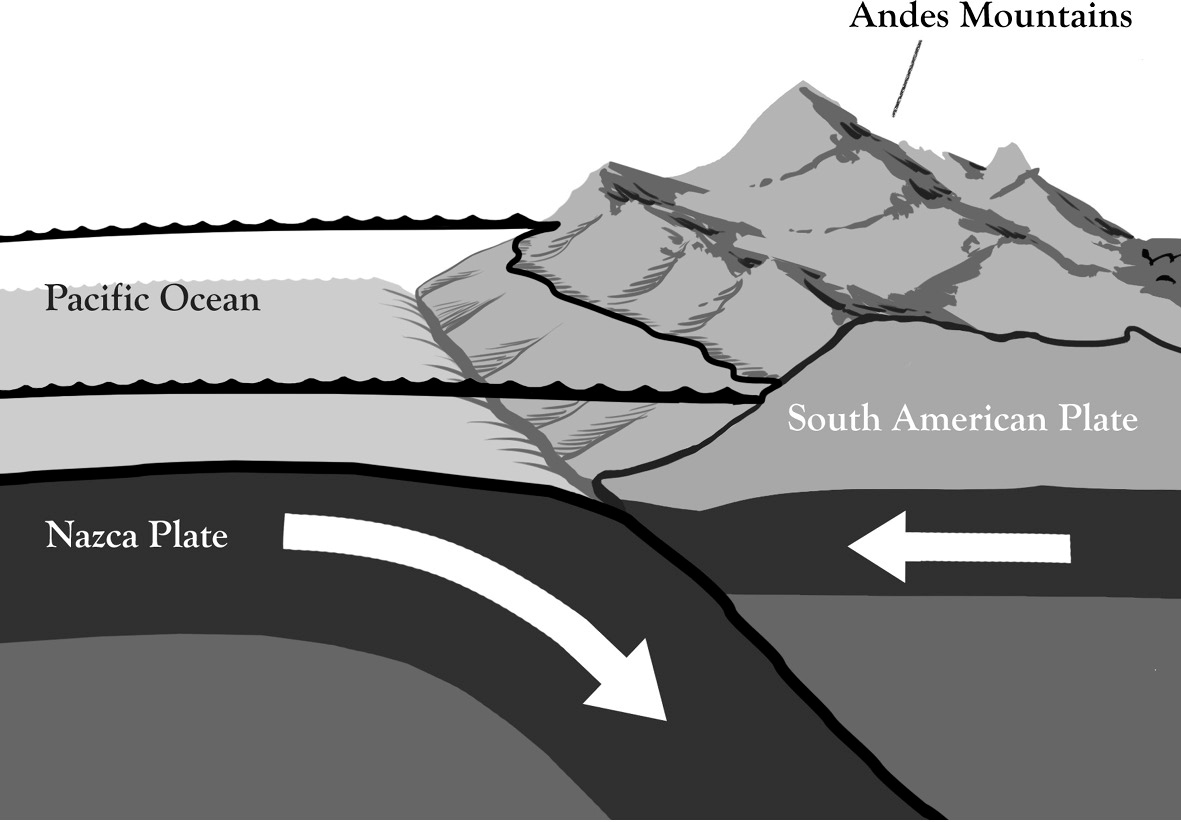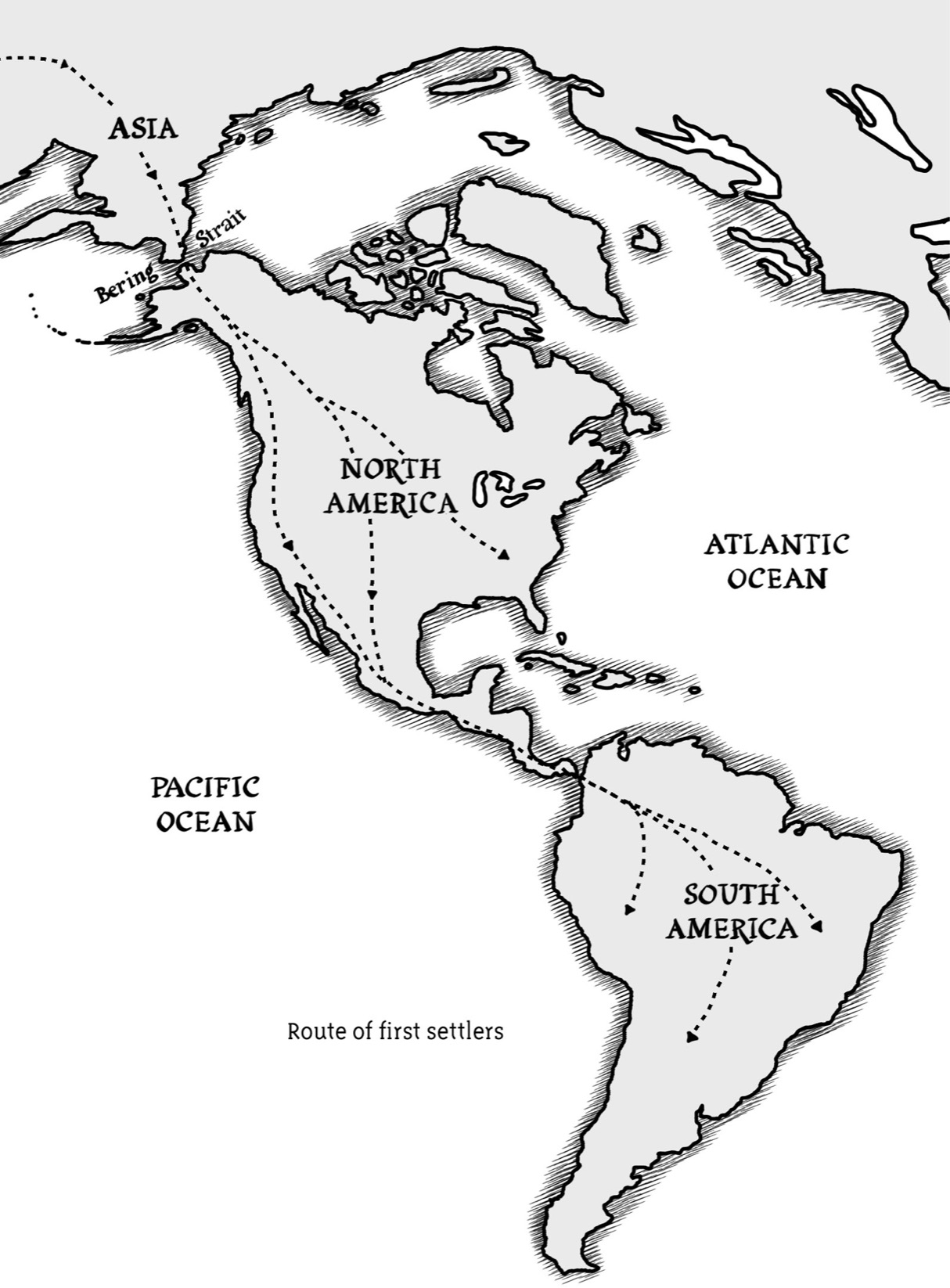For Mary Kay Bissell, who encouraged me to discover the world
SF
To my family in Puerto Rico, who showed me the beauty of El Yunque
DC
GROSSET & DUNLAP
Penguin Young Readers Group
An Imprint of Penguin Random House LLC

Penguin supports copyright. Copyright fuels creativity, encourages diverse voices, promotes free speech, and creates a vibrant culture. Thank you for buying an authorized edition of this book and for complying with copyright laws by not reproducing, scanning, or distributing any part of it in any form without permission. You are supporting writers and allowing Penguin to continue to publish books for every reader.
The publisher does not have any control over and does not assume any responsibility for author or third-party websites or their content.
Text copyright 2016 by Sarah Fabiny. Illustrations copyright 2016 by Penguin Random House LLC. All rights reserved. Published by Grosset & Dunlap, an imprint of Penguin Random House LLC, 345 Hudson Street, New York, New York 10014. Who HQ and all related logos are trademarks owned by Penguin Random House LLC. GROSSET & DUNLAP is a trademark of Penguin Random House LLC.
Library of Congress Cataloging-in-Publication Data is available.
ISBN 9780448488264 (paperback)
ISBN 9780399542336 (library binding)
ISBN 9780451532756 (eBook)
Version_1
Contents
Where Is the Amazon?
On August 26, 1542, Francisco de Orellana, a Spanish explorer, and his crew finally arrived at the Atlantic Ocean. They had been sailing down a mighty river in South America. The journey had lasted more than two hundred days. The river and the surrounding landscape were like nothing they had ever come across. The river was so wide that they could not see across it in places. And the creatures swinging in the trees, splashing in the water, and flying through the sky were not like the creatures in Spain.
When Orellana and his men arrived back in Spain, Orellana told stories about their incredible journey to anyone who would listen. And it was no wonder whythe river that Orellana and his men had traveled down was the Amazon. And the surrounding landscape was the Amazon rain forest.
The Amazon is truly one of the natural wonders of the planet. Although not the longest river in the world, it carries more water than the Nile, the Mississippi, and the Yangtze combined. The river has about fifteen thousand tributaries (rivers and streams) that flow into it. Four of them are each more than one thousand miles long.
This incredible river flows through a rain forest that is probably the oldest in the world. (A rain forest is a forest with tall trees; a warm, humid climate; and lots of rain.) The Amazon rain forest includes areas of nine South American countries: Brazil, Peru, Colombia, Venezuela, Ecuador, Bolivia, Guyana, Suriname, and French Guiana. And it covers an area the size of the United States, not including Alaska and Hawaii. Scientists believe there may be around 400 billion individual trees in the rain forest. Thats more than a thousand trees for every person in the United States.
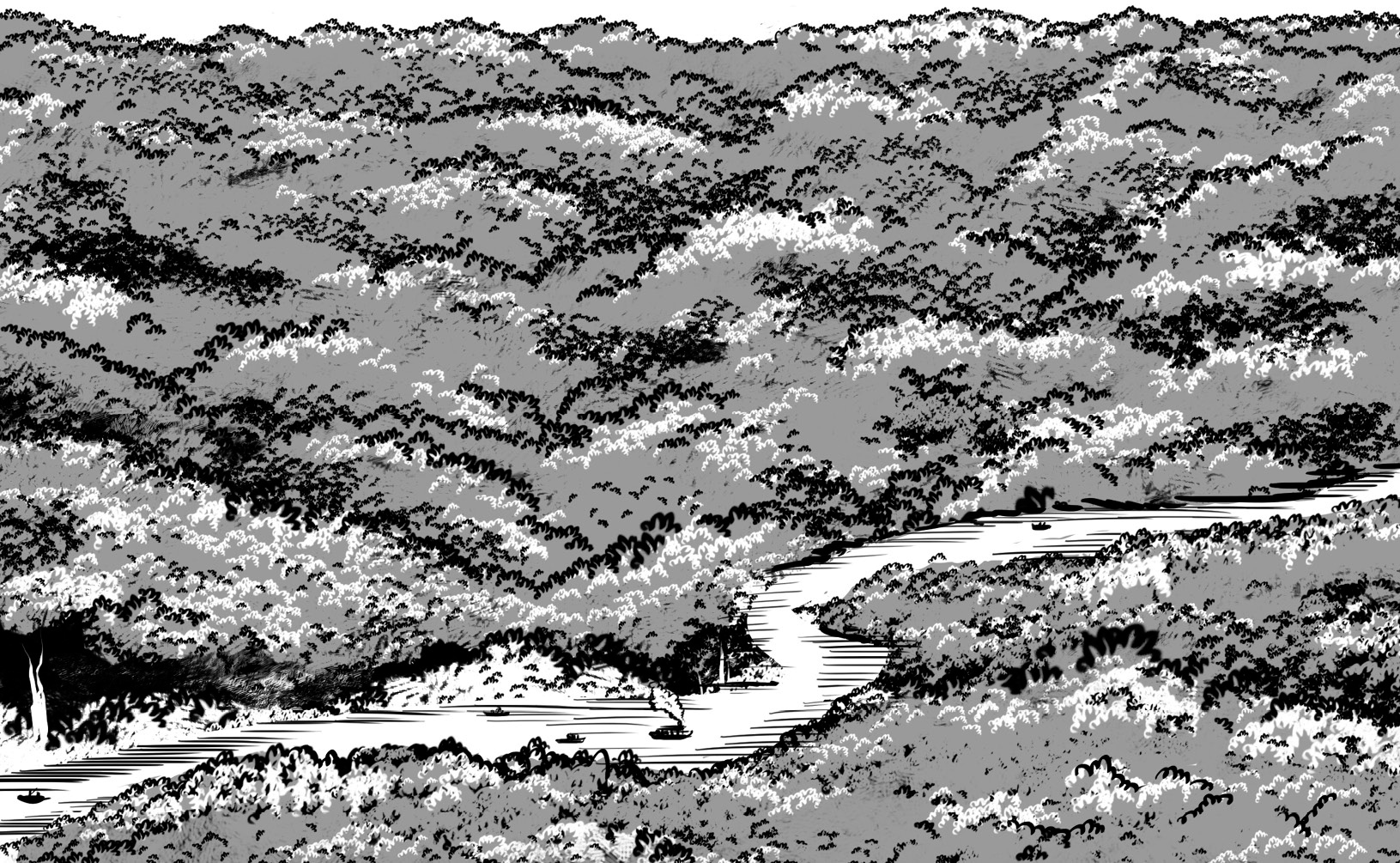
Since Francisco de Orellanas time, the Amazon River and the rain forest have been explored by thousands of people. The plants, animals, and people living in this part of the world have captured the interest of scientists, explorers, and tourists. It may seem that after almost five hundred years, there would be no more to learn. But the Amazon is special. What we are discovering is that there will always be more to discover about this incredible place.
Chapter 1
The River Changes Course
The mighty Amazon River starts high up in the Andes Mountains in Peru along the west coast of South America. The river then flows east for more than four thousand miles across South America and empties into the Atlantic Ocean off the coast of Brazil.
The Amazon didnt always flow east. It used to flow westward and emptied into the Pacific Ocean. However, the formation of the Andes Mountains, about fifteen million years ago, led to the river changing direction. The mountains blocked the flow of the Amazon. It became a seaa huge inland body of water. Over a long period of time, this inland sea gradually changed to into a massive swampy lake.
The environment of the area also changed during this time. For millions of years, much of the land around the Amazon River had been a mix of rain forests (wet forests) and savannas (dry grasslands). But when the river got blocked up, much of the savannas became rain forest. More rain fell in the area, which meant more plants, bushes, and trees grew there. The climate became hot and humid.
The Earths Plates
The surface of the earth is made up of eight major plates. These plates are like the skin of the planet. They are always moving, but at a very slow paceonly a couple of inches each year. The collision of two plates is what created the Andes Mountains fifteen million years ago.
About ten million years ago, the water in the freshwater lake slowly worked its way through the sandstone at the bottom. The water was able to start moving. The lake became a river again. Only this time it was flowing eastward.
Chapter 2
First Settlers
The first settlers probably arrived in the Amazon about twenty-five thousand to thirty thousand years ago. They came from the north of Asia and traveled across a frozen sea that linked Asia and North America. Over time, they made their way south to the tropical region surrounding the Amazon. No other humans were there, and these first settlers quickly spread out to cover a large part of what is now Central and South America.

